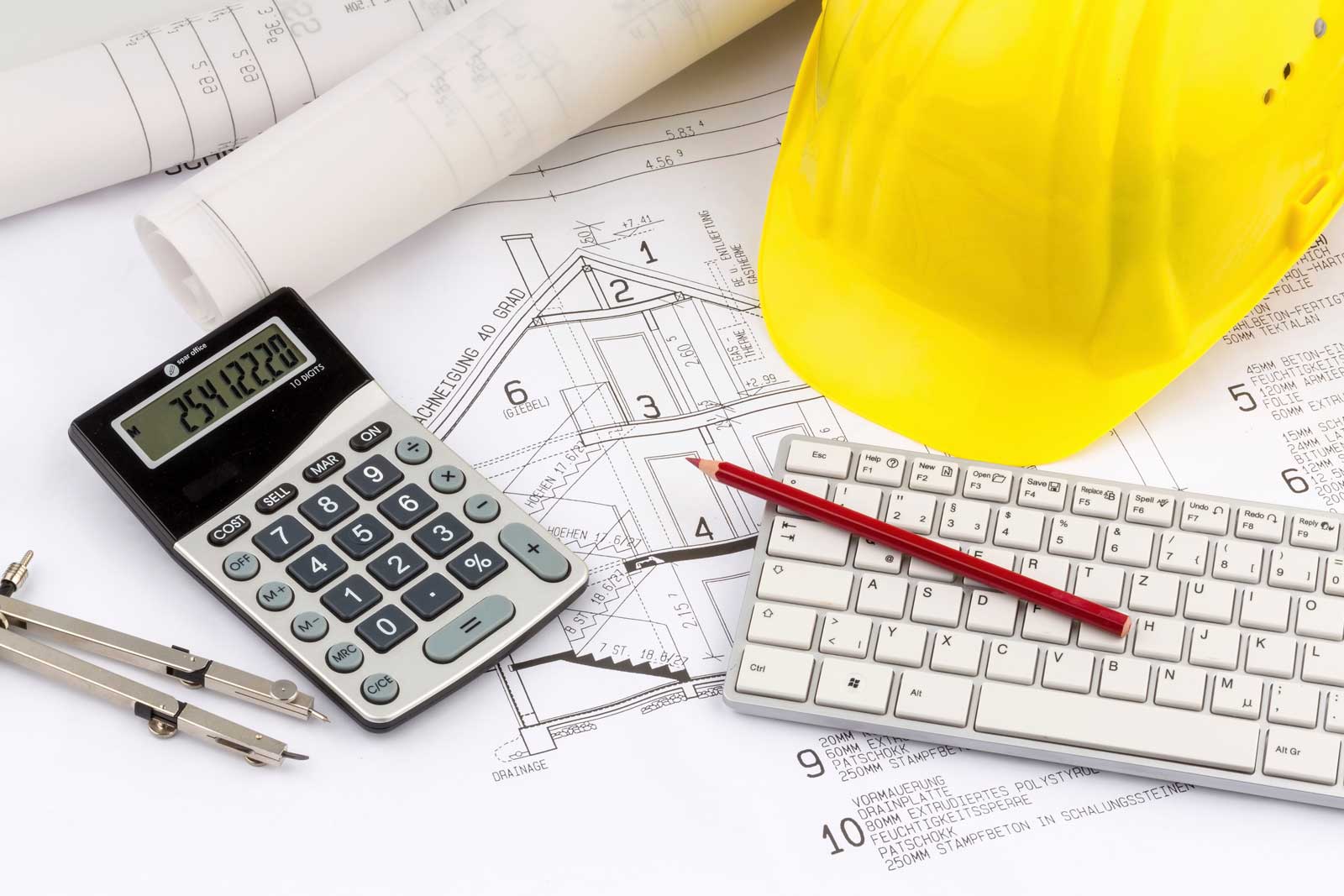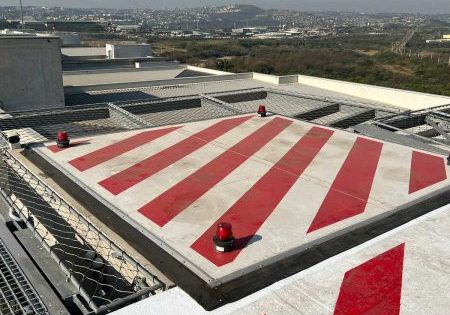Up from pre-pandemic levels but remaining stable
by Ramesh Nair, Argenio Antao, Jatin Shah, Vimal Nadar, Vaishnavi Bala and Pallavi Kukdolkar
As of November 2022, the cost of construction had increased 28% higher than pre-pandemic levels, but it has continued to be stable, compared to March 2022. The costs of key construction materials have jumped 32% in a span of three years, affecting margins and the operational schedules of construction companies. The government’s efforts, such as reducing exports and cutting import duties, have kept raw material costs in check over the last few months.
Rising Construction Costs
As of March 2022, construction costs rose 10-12% year-over-year (YOY), owing to a 20% increase in key material costs. Key construction materials, such as cement, steel, aluminum and copper, saw a significant increase, along with fuel and labor costs due to geopolitical issues, inflation, etc. This created a challenge for developers who were facing high debt and liquidity concerns.
However, by November 2022, overall costs of key construction materials (steel, cement, aluminum and copper) declined by 8% compared to March 2022. Aluminum registered the highest decline with 55%, followed by steel at a 6% decline. However, cement and copper costs increased by 9% and 3%, respectively, along with labor costs. This, coupled with decreased fuel costs, has kept overall construction costs stable since March 2022.

Ramesh Nair, chief executive officer (CEO), India, and managing director (MD), Market Development, Asia, Colliers, said:
“Costs of key construction materials are likely to remain volatile for the next few months due to uncertainties created by geo-political issues, persistent lockdowns in China and a probable global recession. Prices of key construction materials will hinge on multiple factors including the global economic situation, inflation rates and supply constraints. Therefore, developers are likely to push new launches until the input prices further decline, as any further surge in the cost of construction materials would impact the timely delivery of ongoing projects and disrupt their cashflows, resulting in an increase in housing prices.”
It is tough times like those mentioned above that require elevator manufacturers to think laterally in terms of options and rights available under their supply contracts and, more generally, recovery rights under law.

Jatin Shah, chief technical officer, India, and MD, Technical Due Diligence, Colliers, said:
“Developers are planning their projects well in advance and aiming timely project completions to cater to the surging demand. They are increasingly adopting a ‘just-in-case’ approach to store the materials well in advance to avoid supply bottlenecks and unexpected price hikes.”
Vimal Nadar, senior director and head of Research, India, Colliers, said:
“Residential prices have been on the rise, increasing 6% YOY in Q3 2022, led by a combination of increased input costs and robust demand. Looking ahead, prices may be more or less stable for some quarters as the market is now seeing increasing interest rates. At the same time, some investor-markets with continued demand may continue to see some increase in prices. In the industrial sector, rents can see an upward movement led by robust demand and high costs.”
Colliers is a leading diversified professional services and investment management company. With operations in 63 countries, our 18,000 enterprising professionals work collaboratively to provide expert real estate and investment advice to clients. For more than 27 years, its experienced leadership with significant inside ownership has delivered compound annual investment returns of approximately 20% for shareholders. With annual revenues of US$4.6 billion and US$92 billion of assets under management, Colliers maximizes the potential of property and real assets to accelerate the success of its clients, investors and people.
Get more of Elevator World. Sign up for our free e-newsletter.










